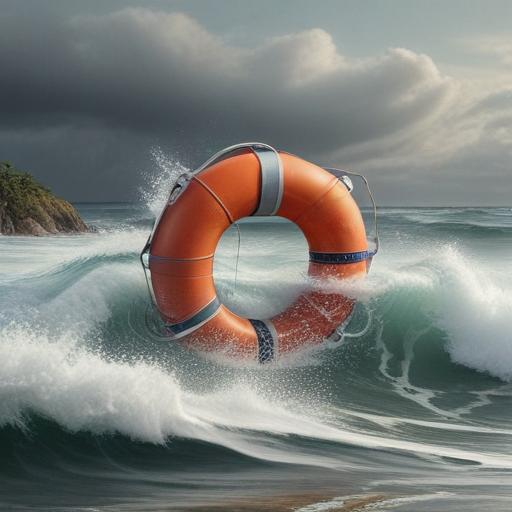Tsunamis present a significant threat to California’s coastline, with the potential for catastrophic consequences depending on the origin of the tsunami and the response time of residents. Recent assessments highlight that over 680,000 Californians are at risk from tsunamis during daylight hours, with potential damages across coastal and bayside counties estimated at $12.6 billion. This figure excludes critical infrastructure such as ports and harbors.
There are two primary categories of tsunamis: distant-source tsunamis, which originate from far-off earthquakes, and near-source tsunamis, triggered by local seismic activity. Distant-source tsunamis, such as those from Alaska, can provide up to six hours of warning for coastal areas such as Los Angeles and San Francisco. In contrast, near-source tsunamis can arrive in as little as 10 minutes, leaving residents minimal time for evacuation.
For Southern California, projections indicate that a distant-source tsunami could result in over 350 casualties if residents delay evacuation for 30 minutes after the warning. Waves could reach as high as 15 feet in some areas, such as Marina del Rey. Meanwhile, near-source tsunamis could lead to devastating local wave heights of up to 30 feet in regions like Catalina Island.
Central California faces similar risks, with potential casualties of over 230 if timely evacuations are not conducted following a distant-source tsunami. Historical precedence shows that significant earthquakes have previously led to catastrophic tsunamis in this region.
The Bay Area could see more than 1,300 injuries or fatalities related to a distant-source tsunami, with wave heights reaching up to 32 feet in San Francisco. In Northern California, Del Norte County is particularly vulnerable due to its proximity to the Cascadia subduction zone, which could generate waves exceeding those of the infamous 1964 tsunami.
To mitigate risks, authorities, including the California Tsunami Program, emphasize the importance of timely evacuation and readiness for such natural disasters. As awareness increases and emergency preparedness improves, the hope is that communities can better safeguard lives and infrastructure when faced with the unpredictable nature of tsunamis.
